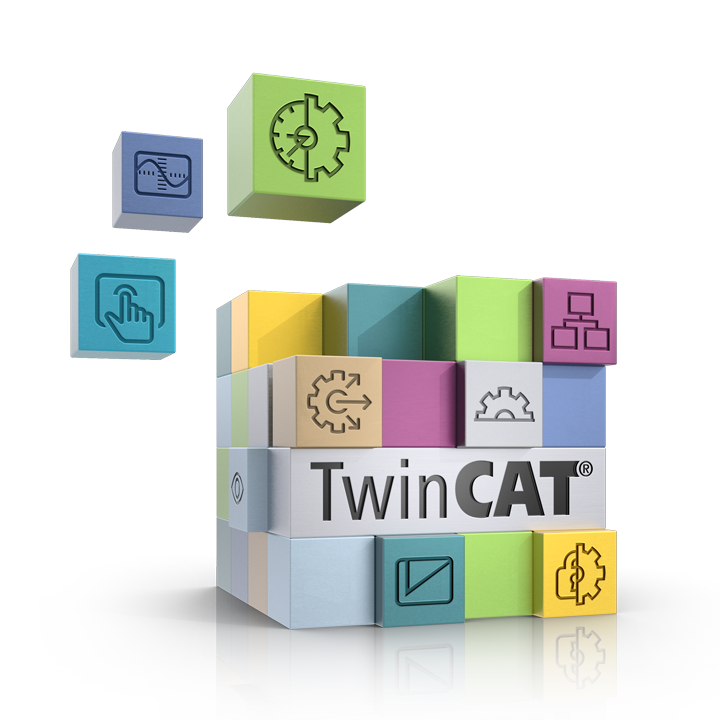With TwinCAT IoT, the TwinCAT 3 engineering and automation software provides a core technology enabling the fast and efficient implementation of advanced IoT and Industrie 4.0 applications. TwinCAT IoT supports standardised protocols for cloud communication and for sending push notifications to smart devices. With the introduction of applications that go beyond the scope of conventional control tasks, like e.g. big data, pattern recognition, and condition or power monitoring via cloud-based services, you can achieve sustainable increases in production efficiency.
In this 30-minute seminar, Sven Goldstein, TwinCAT Product Management, will explain the efficient integration of cloud-based data and communication services by means of TwinCAT IoT.
The webinar is intended for users with a technical background.
More about this video

TF6701 | TwinCAT 3 IoT Communication (MQTT)
TwinCAT 3 IoT Communication provides basic functionalities in the form of PLC libraries for sending and receiving data via the so-called MQ Telemetry Transport (MQTT) protocol.

TF6710 | TwinCAT 3 IoT Functions
Connections to cloud-based communications services can be established with the aid of the TwinCAT 3 IoT Functions. The focus is not on pure protocol implementations (such as with the TF6701), but on targeted communication with a service in the cloud, such as the Microsoft Azure IoT Hub or Amazon Web Services IoT. The TF6710 uses the functionalities of the TwinCAT 3 IoT Data Agent (TF6720) in the background for this. In this way, communication connections, for example to the Microsoft Azure IoT Hub, are often much easier and more native to realize than with a direct connection via the MQTT protocol. The user can access these functionalities via PLC function blocks in order to easily send process data from the TwinCAT runtime to communication services in the cloud or to receive data from these services.

TF6720 | TwinCAT 3 IoT Data Agent
The TwinCAT 3 IoT Data Agent provides bi-directional IoT communication functions in the form of a gateway application that can be configured and operated independently from the TwinCAT real-time environment.
